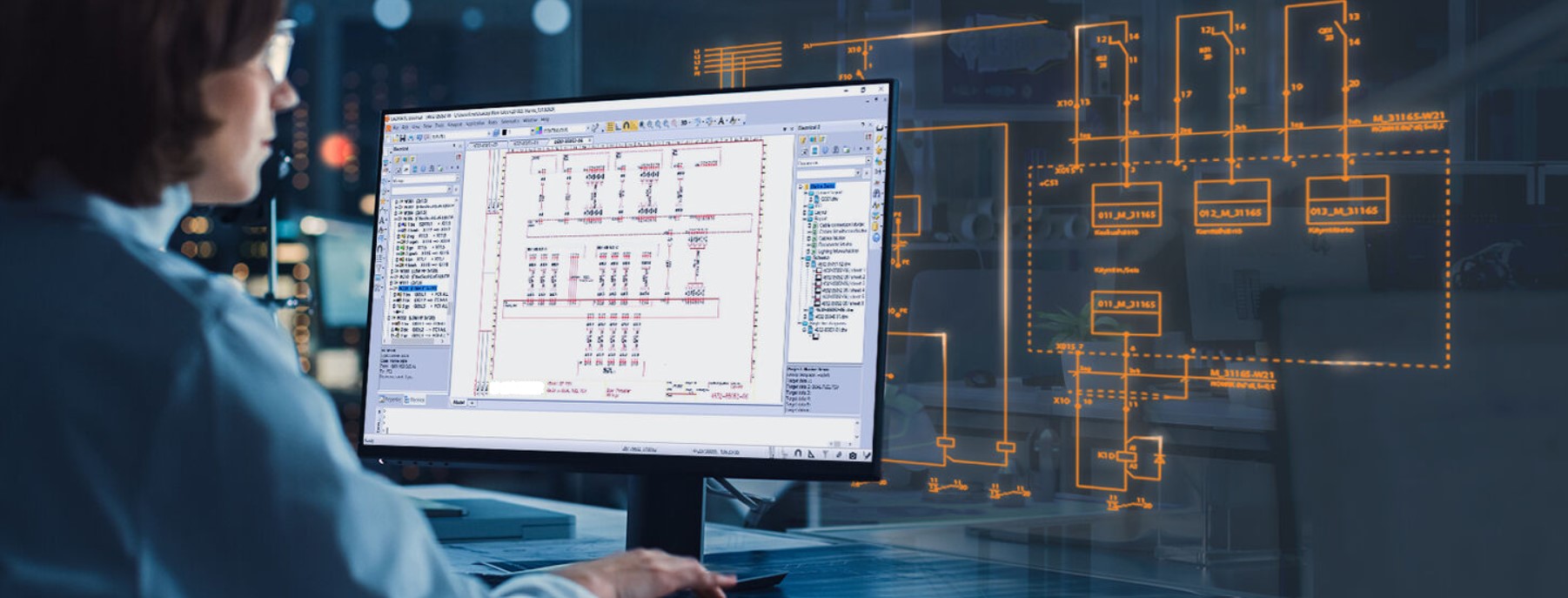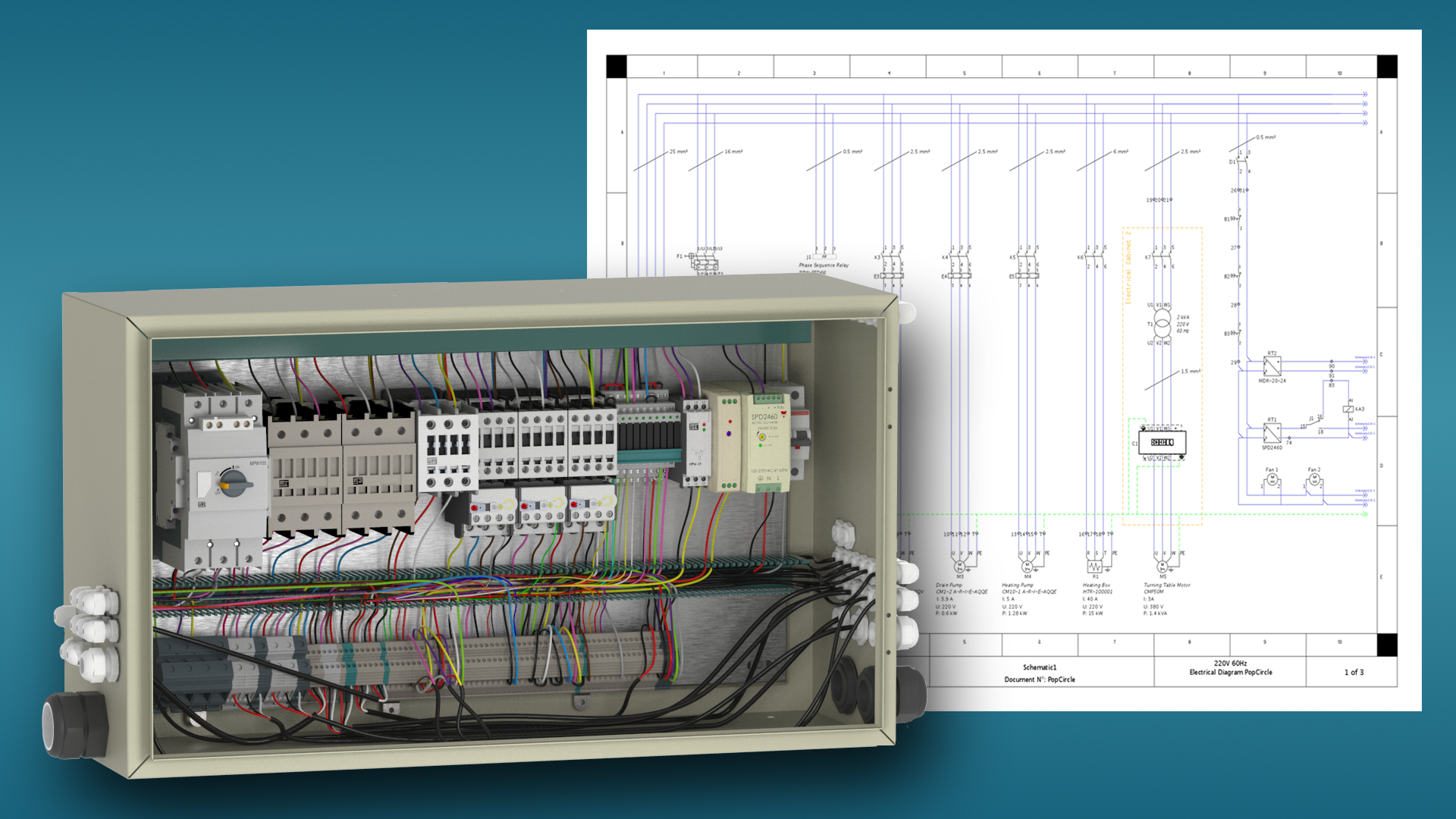Trusted Residential Electrical Design Services for Efficient Home Wiring
Trusted Residential Electrical Design Services for Efficient Home Wiring
Blog Article
Innovative Electrical Design Solutions for Modern Infrastructure
As city settings grow significantly complicated, incorporating modern technologies such as wise grids and renewable power resources comes to be vital. These developments not just guarantee to maximize power consumption yet additionally foster durability against future needs.
Importance of Innovative Electrical Design
Ingenious electric design plays an important duty in contemporary facilities, affecting not just efficiency however additionally sustainability. As cities advance and the demand for energy rises, the requirement for innovative electric systems ends up being extremely important. These systems have to not just satisfy existing needs yet likewise prepare for future development and technical innovations.
A well-executed electric design can significantly reduce power consumption, thereby lowering functional costs and lessening ecological impact. By incorporating renewable resource sources, such as photovoltaic panels and wind turbines, ingenious designs can improve power freedom and strength. Additionally, wise grid innovations enable real-time monitoring and management of energy circulation, maximizing performance and decreasing waste.
Safety and security is another vital element of electric design. Carrying out advanced innovations and extensive criteria can mitigate threats related to electric failings, making certain a secure environment for organizations and locals alike. In addition, innovative designs assist in versatility, permitting frameworks to integrate arising technologies seamlessly.
Key Fads in Electric Design
As the landscape of electrical design continues to advance, several essential trends are forming the future of the market. One significant trend is the assimilation of smart technology right into electric systems. The expansion of the Internet of Things (IoT) has actually enabled real-time tracking and control of electric devices, enhancing effectiveness and promoting anticipating maintenance.
One more pattern is the expanding emphasis on modular design. This strategy permits versatile and scalable remedies, allowing facilities to adapt to changing needs without substantial renovations. In addition, making use of sophisticated simulation devices and Building Details Modeling (BIM) is coming to be significantly prevalent, enhancing the design procedure and improving cooperation amongst stakeholders.
In addition, improvements in products scientific research are leading to the development of lighter, a lot more durable, and energy-efficient elements. This advancement is specifically essential for high-performance structures and framework jobs.
Last but not least, there is a marked shift in the direction of data-driven decision-making - electrical load calculation. Leveraging data analytics helps designers enhance systems for performance and cost-effectiveness. Together, these fads signify a transformative era in electric design, enhancing performance, sustainability, and durability in modern-day framework
Sustainable Energy Solutions
Lasting power solutions are increasingly ending up being an important focus in electric design, showing a broader dedication to ecological responsibility and resource effectiveness. These services intend to lessen environmental impact while optimizing energy intake in various frameworks, from household buildings to large industrial facilities.
One of the foremost methods entails the assimilation of eco-friendly power resources, such as solar panels and wind turbines, into electric systems. This not only decreases dependency on fossil fuels however additionally boosts energy durability. Furthermore, ingenious energy storage systems, such as sophisticated batteries, enable effective administration and distribution of energy, making sure that surplus energy generated throughout peak production can be utilized throughout high need periods.
Furthermore, energy-efficient design methods are being embraced to improve overall system performance. This consists of utilizing weblink energy-efficient illumination, cooling and heating systems, and clever building technologies that monitor and adjust energy use based upon occupancy and ecological conditions.
Smart Grid Technologies
The application of lasting energy remedies normally brings about the exploration of clever grid technologies, which play a pivotal role in updating electrical systems. Smart grids leverage progressed interaction technologies and data analytics to enhance the integrity, efficiency, and sustainability of electrical energy distribution. By incorporating electronic technology with standard grid infrastructure, these systems facilitate real-time surveillance, automated control, and improved decision-making capacities.
Among the vital attributes of clever grids is their capacity to suit renewable resource sources, such as solar and wind power. This flexibility not just decreases reliance on nonrenewable fuel sources yet also enables an extra decentralized power production design. Wise grids allow need response programs, where customers can change their energy use based on real-time prices, consequently promoting power conservation and lowering peak lots needs.
Additionally, smart grid technologies boost grid resilience by enabling quicker identification and resolution of interruptions, eventually reducing downtime. With anticipating maintenance and analytics, energies can optimize procedures and boost solution delivery. As communities and cities remain to progress, wise grid innovations are vital for building a sustainable and reliable electric framework that meets the needs of contemporary society.

Future-Proofing Framework
To ensure long-lasting practicality and adaptability, future-proofing facilities is necessary in you can try here the swiftly developing landscape of electrical design services. As innovation advancements and power demands change, it is critical that electrical systems are created with flexibility in mind. This requires including scalable remedies that can suit future upgrades without demanding extensive overhauls.

Additionally, sustainability should be a cornerstone of future-proofed styles. Making use of sustainable power sources, such as solar and wind, and enhancing energy effectiveness minimize dependency on nonrenewable fuel sources, lining up with international efforts to deal with climate adjustment.
Final Thought
In final thought, innovative electric design solutions play a crucial function fit modern facilities. By focusing on sustainability, adaptability, and efficiency, these solutions resolve the evolving demands of power systems. The assimilation of smart grid innovations and lasting energy remedies enhances durability and reduces functional costs. Future-proofing framework with sophisticated simulation tools and modular strategies makes certain that electric systems remain receptive to altering needs, ultimately adding to an extra energy-independent and sustainable future.
A well-executed electric design can significantly lower power consumption, consequently decreasing functional expenses and lessening environmental influence. By including eco-friendly power sources, such as solar panels and wind generators, cutting-edge layouts can improve power self-reliance and strength. In addition, innovative energy storage systems, such as advanced batteries, allow efficient administration and circulation of power, ensuring that surplus power generated throughout height production can be used during high demand durations.
Smart grids make it possible for demand response programs, where consumers can change their power like this usage based on real-time prices, consequently promoting energy conservation and minimizing peak lots needs. (electrical load calculation)
As modern technology advancements and power demands change, it is critical that electric systems are created with versatility in mind.
Report this page